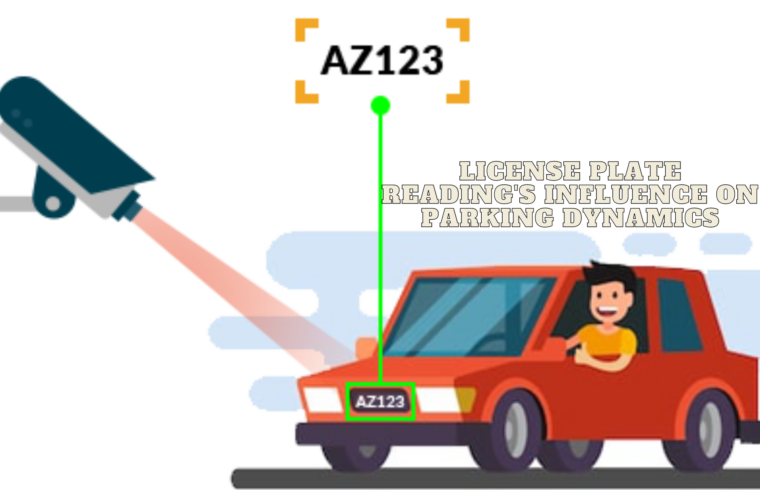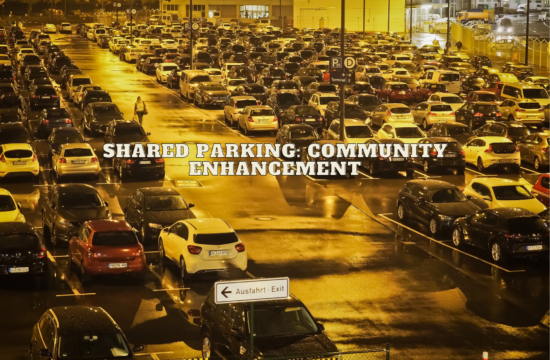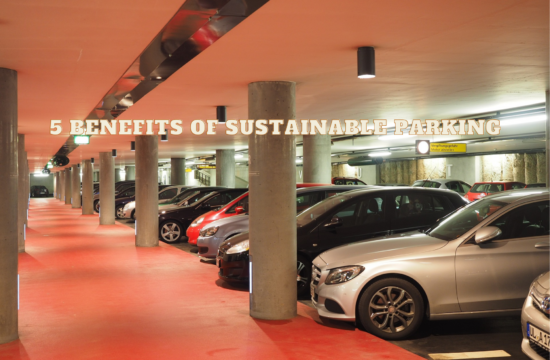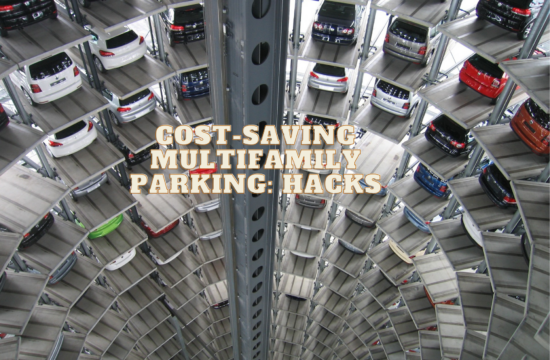New technology is always evolving, and the story is no different in the world of parking. For years, new tools have been in development to help make parking safer, more secure, and easier than ever before. Now, License Plate Reading (LPR) technology is commercial-ready and being deployed in cities across America. So what is LPR and how might it benefit parkers and parking managers alike? Continue reading below to find out how license plate reading technology is changing parking.
LPR in a Nutshell
License Plate Reading (LPR) technology revolutionizes parking management by automating vehicle identification. It streamlines access, reduces fraud, and optimizes resource allocation. Real-time data aids in enforcement and enhances user experience. LPR boosts parking efficiency, making it an essential tool for modern parking facilities to improve operations and customer satisfaction.
Wins for Individuals in Parking
License Plate Reading (LPR) technology improves parking for individuals by offering convenient access through automatic identification. No need for physical permits or tickets, reducing hassle. It ensures quicker entry and exit, enhances security, and provides real-time availability information. LPR simplifies the parking experience, making it more seamless and user-friendly for individuals.
Wins for Those Handling Parking
License Plate Reading (LPR) technology benefits parking operators by streamlining management. It automates entry and exit, minimizing manual interventions. LPR enhances revenue collection, optimizes space utilization, and offers data insights for better decision-making. This technology increases efficiency, reduces costs, and improves overall parking facility operations for those managing parking.
LPR in Application
License Plate Reading (LPR) technology revolutionizes parking management by automating vehicle identification. It simplifies access control, enabling seamless entry and exit for parkers. LPR enhances security, optimizes resource usage, and boosts revenue. Its practical application improves parking efficiency, making it an invaluable tool for effective and user-friendly parking operations.





